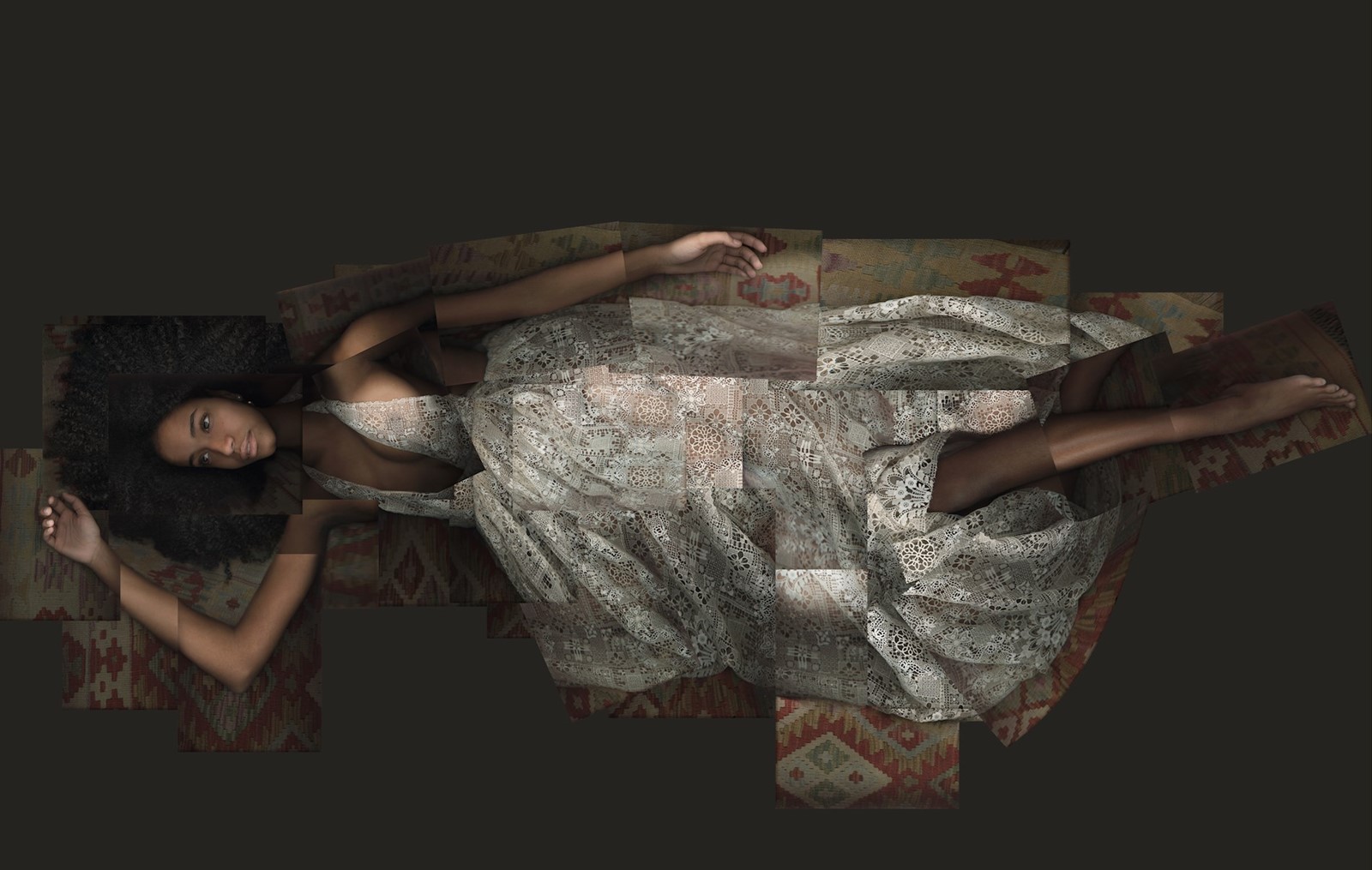This article is taken from the Spring/Summer 2021 issue of AnOther Magazine. To celebrate our 20th anniversary, we are making the issue free and available digitally for a limited time only to all our readers wherever you are in the world. Sign up here.
The choreographer Sharon Eyal and Maria Grazia Chiuri, Dior’s artistic director of womenswear, use their work to speak of power, in a corporeal sense. Chiuri has brought Eyal into the Dior fold three times – first, for her Spring/Summer 2019 collection, when Eyal’s dancers criss-crossed the catwalk in tattoo-printed body stockings. The pair collaborated again for Dior’s Cruise 2021 show, held in July last year. In the southern-Italian town of Lecce in Puglia, a local dance group performed Eyal’s version of the tarantella – a folk dance traditionally said to exorcise the effects of a bite from a poisonous spider. The hypnotic and robustly physical dance shared the stage with traditional dresses created using handmade Italian tombolo lace, some covered in hand-embroidered flowers and butterflies – favoured motifs of Chiuri. And now the two women have worked together again: for Dior’s Autumn/Winter 2021 show, held in the Hall of Mirrors at Versailles. Eyal’s dancers operate as a form of a darker subconscious to Chiuri’s clothes, clothes that straddle comfort and romance; their collaboration embodies the connection, and sometimes discord, between body and mind – between fantasy and reality.
Chiuri, a Roman, is the first female artistic director in Dior’s 74-year history. Having started out alongside design partner Pierpaolo Piccioli at Fendi in 1989, subsequently working with him at Valentino for 17 years (and sharing the mantle of creative director there for eight), Chiuri has forged a path through some of Europe’s biggest landmark labels – her style inspired by fairy-tale femininity and Renaissance beauty but also a distinctly modern – feminist – pragmatism.
Eyal is a powerhouse, too – in the field of contemporary dance. But L-E-V, the Israeli dance company sheco-founded, is rooted in Tel Aviv’s underground rave scene. A star dancer (and later, house choreographer) at the pioneering, Martha Graham-led Batsheva Dance Company in the 1990s and 2000s, Eyal spent her nights spiralling to pulsing techno in the city’s clubs. Since 2013 her dancers have performed around the world in their monochromatic unitards, their bodies gyrating – often intertwined in one sinewy mass – to tripped-out electronic music.
Chiuri and Eyal’s relationship echoes a time-honoured love affair between fashion and dance: Christian Dior himself was mentored by French artist Christian Bérard, who designed costumes for the Ballets Russes de Monte Carlo. And since then, Rei Kawakubo has designed for Merce Cunningham, Lee Alexander McQueen for Sylvie Guillem, Valentino Garavani and Dries Van Noten have both designed for the New York City Ballet, and Vivienne Westwood for the Vienna State Ballet, to name but a few. And yet Eyal’s raw, mesmeric shapes – at once wild and precise – seem a far cry from Monsieur Dior’s narrow New Look waists.
It is Chiuri’s MO to challenge that traditional view of femininity, even at the house that first devised it – or perhaps revised it. Dior’s New Look was, after all, a nostalgic reinvention of the belle époque styles worn by his mother before the first world war. She has spoken (literally, quoting Chimamanda Ngozi Adichie, on T-shirts) about feminism since her Dior debut, regularly collaborating with female artists. Freedom, in a very rational sense, is an utmost concern, as expressed in her roomy silhouettes and often-utilitarian practicality. But so are dreams: themes of tarot, magic and folklore. It is this elemental openness that ignited a mutual love between Chiuri and Eyal.
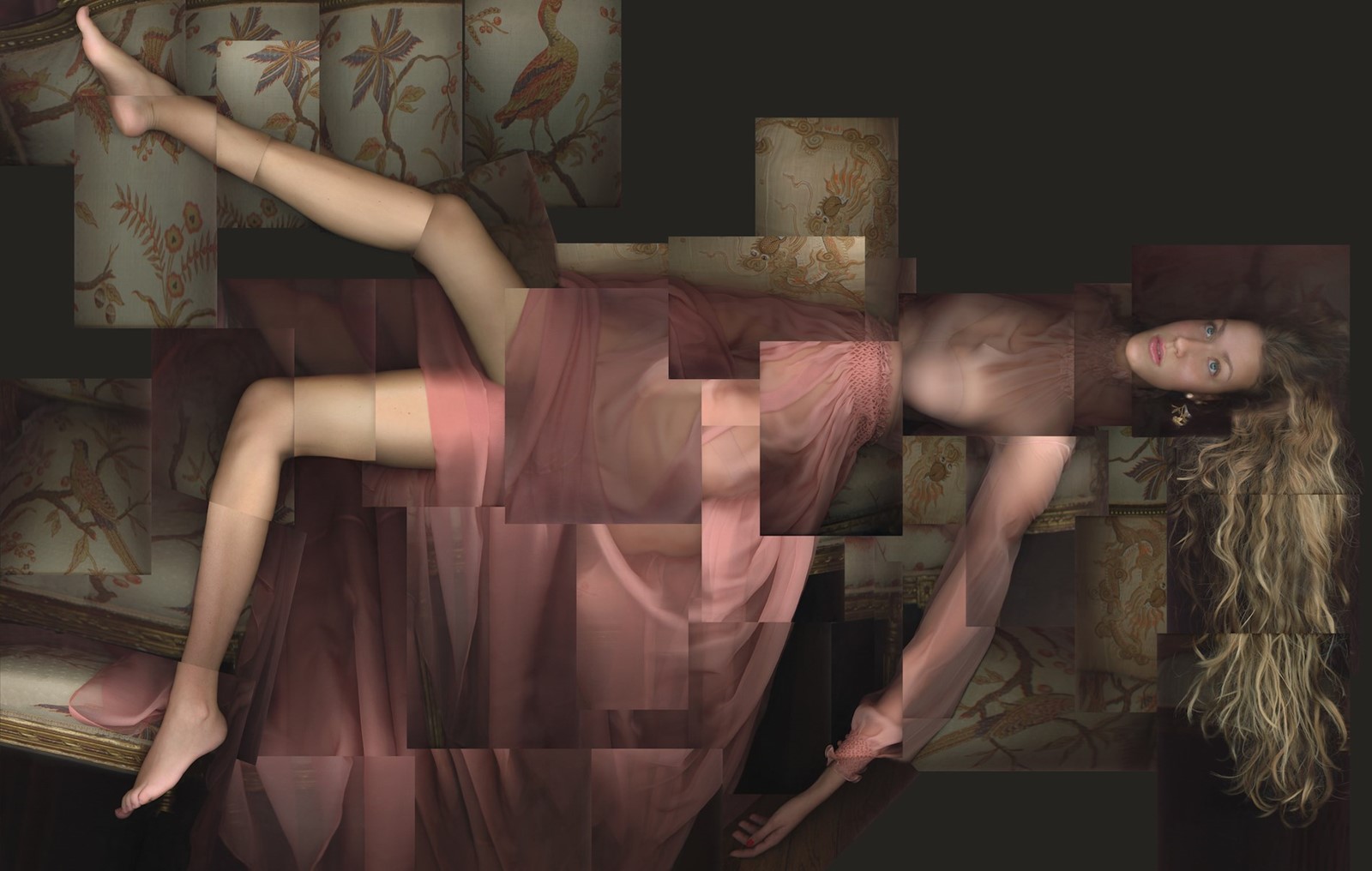
Maria Grazia Chiuri: Sharon, I’m always thinking about the last year – that show [Cruise 2021] was so difficult but so emotional that, in a way, I’m nostalgic.
Sharon Eyal: It was so emotional and I feel the same – we had such a fragile and amazing moment. It was pure honesty.
MGC: When I watch the video, listen to the music, I start to cry. It’s the first time in my life, really, that I’m nostalgic about an experience. Because it wasn’t a simple show. It was something more. It was beautiful. Hard but beautiful.
Our connection was immediately simple though, our dialogue was immediately simple. There is something that you feel immediately when you connect with another person on a project. You cannot invent it – you either connect or you don’t. It was incredible, because in one meeting – after Carlo Fuortes, the director of the Teatro dell’Opera di Roma, put us in touch – after just a few moments, we immediately ...
SE: Understand everything.
MGC: We understand everything together. And fashion is completely different from dance – but we both want to speak about the body, the relationship with our bodies, and the relationship with a different point of view.
SE: At that first meeting I fell in love. I felt like it’s right, and it’s the right moment, it’s the right time, it’s the right feeling. I just looked at you, we looked in each other’s eyes, and things started to fly. It’s not about dance or fashion. It’s about people and about what you want to share with each other, with the world. And you have the space and freedom to fly together. I thought, this isn’t work – I’m going to enjoy this. I’m going to do what I love to do, to have inspiration and amazing chemistry.
“I’m so interested in the extremes our bodies go to – the hard work, the intensity, and then the emotion coming, very honestly, from the body. The body speaks to us but education and stereotypes prevent us from listening” – Maria Grazia Chiuri
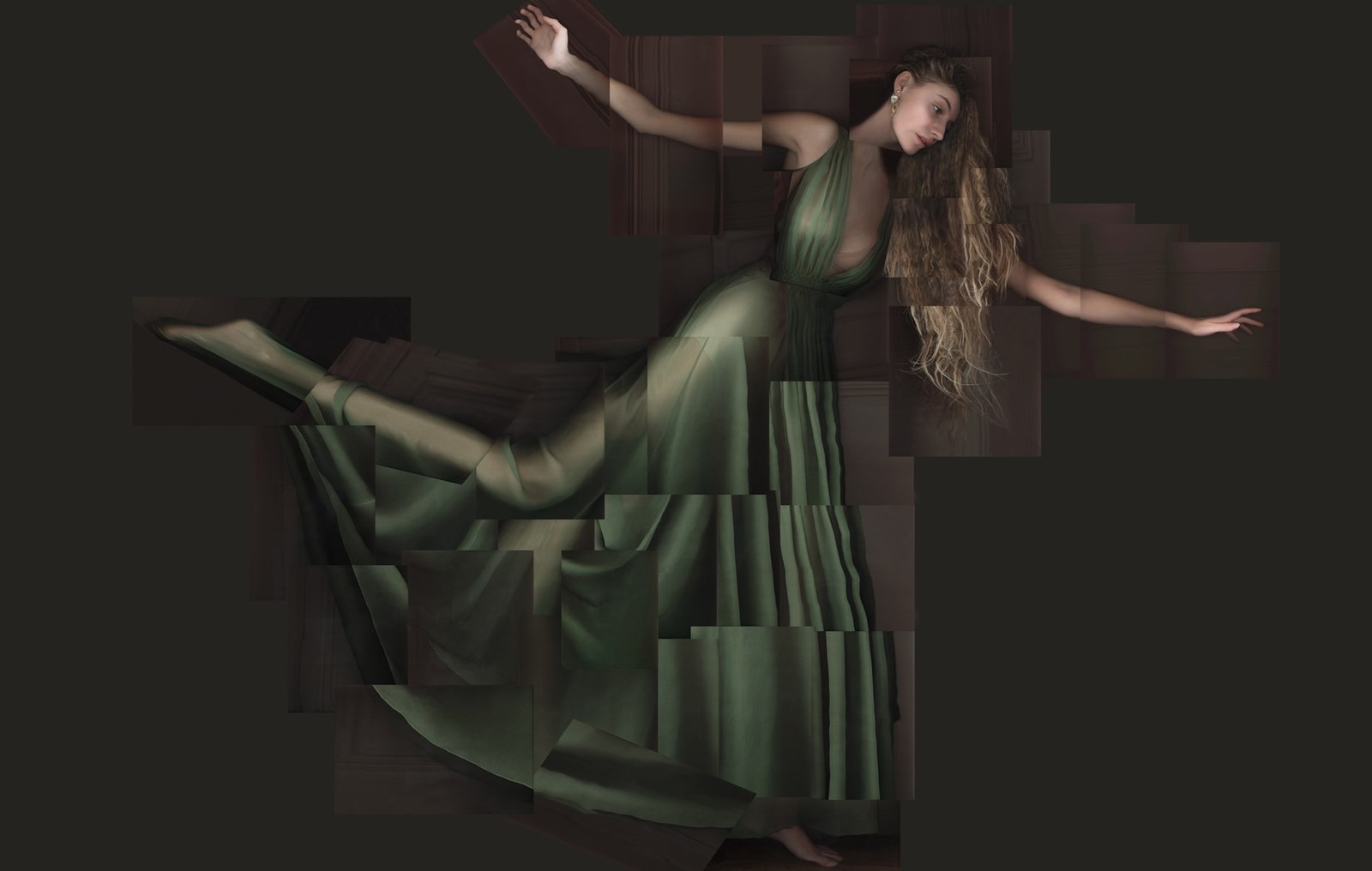
MGC: Really, I would like to dance, and you love fashion, too. So it was a strange mix. You were completely involved in the dress.
SE: I have always loved fashion. When I was really young I used to wear so many crazy things – my daughter was a bit shy when I would collect her from school because it was always a bit strange. And I think in my work, actually, I’m always using very minimalistic but very detailed dress ... It’s fragile but it’s so strong.
And I feel like this is something that really connects me to you, Maria Grazia, because when you’re in your element, the work is so fragile and simple, even, but also so complicated and unique. I have always loved this combination of extremity. The combination of elements makes for great fashion.
MGC: And probably because these two elements are so present in all women – we are fragile and strong at the same time. You represent this element in your style so well. In my first show [for Dior], in fact, I showed women as strong and fragile at the same time. And it’s all because women, they really want one thing – love.
SE: Yes. It’s so beautiful.
MGC: When I arrived at Dior, I knew I had to centre my work around women, to represent the house as a female house. We cannot forget that the silhouette of Dior is, in some way, this erotic idea about a woman’s body. The house was born in 1946 – I really respect Mr Dior, but we’re speaking about a specific cultural moment after the second world war. And today, of course, the women are different. But I can use only my knowledge. I come from Roma. My references are Roman. I was immediately aware that women come from other countries, they have different backgrounds – all this affects the idea of femininity today.
Sharon, you represent this kind of woman that I really want to know. But I also wanted to share this big platform of Dior – it’s necessary. Dior is one of the most famous brands in the world. And it has decided to share this platform with other women, to amplify their voices – with my voice, with other voices – to speak about femininity.
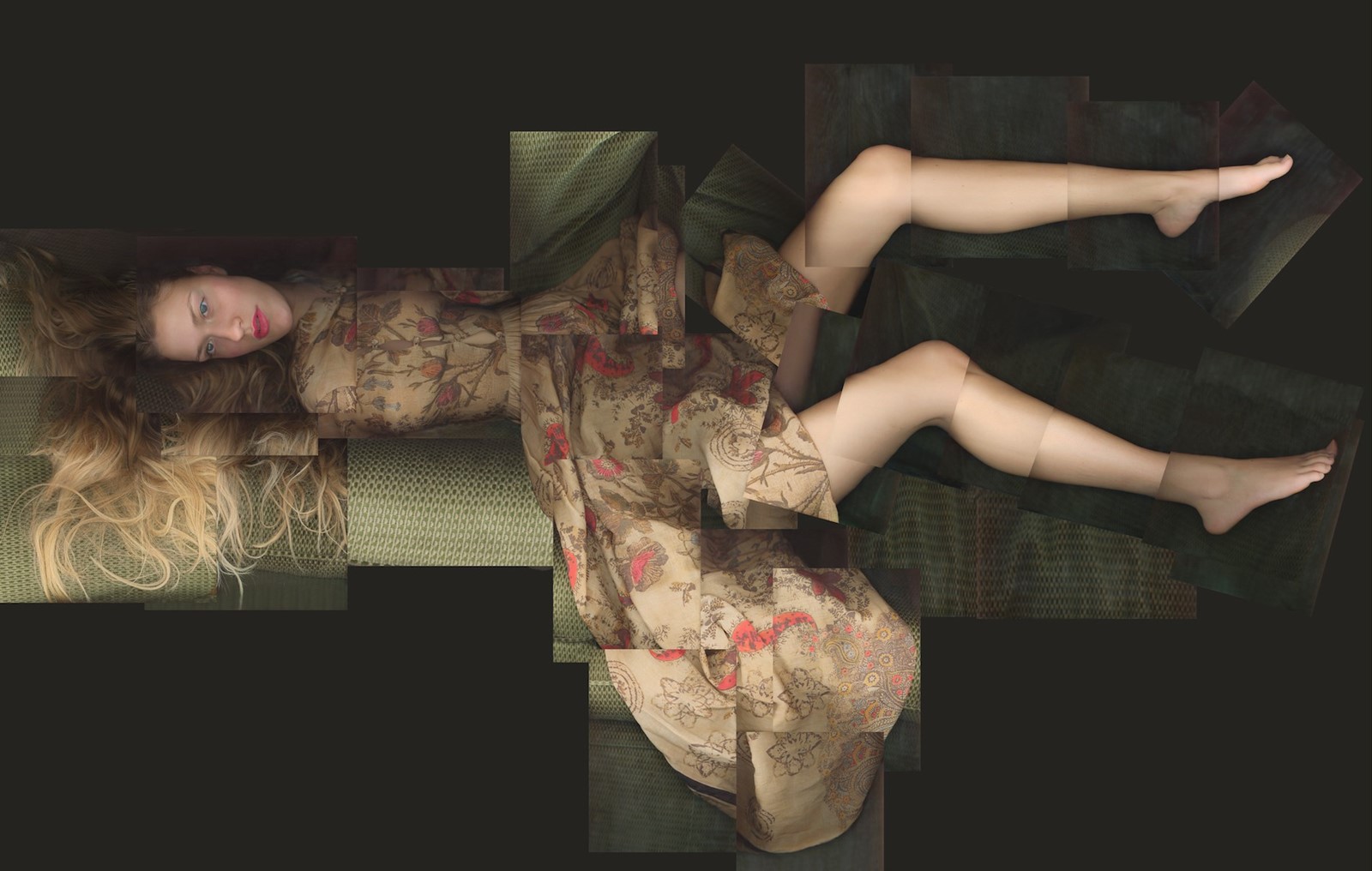
SE: What an amazing opportunity. MGC It’s an amazing opportunity because femininity is multifaceted – it’s not possible to speak about that alone. But for me, the body is very important. I’m always trying to go to the extreme with physicality. But my contact with my body is through my heart – so I connect the physical and the emotional. I’m so interested in the extremes our bodies go to – the hard work, the intensity, and then the emotion coming, very honestly, from the body. The body speaks to us but education and stereotypes prevent us from listening to our bodies – we forget to be in contact with our body. One book I refer to a lot is Women Who Run with the Wolves [Myths and Stories of the Wild Woman Archetype by Clarissa Pinkola Estés]. We have to tune into this essential relationship. It’s hard to explain in English, but if you listen to your body, you will understand the choices you have to make. Sometimes we are too much in our minds, and if you don’t listen to your body it becomes immediately evident.
SE: This is because you’re a very total person – it’s not like you have a body and you have your mind. It’s all the same. It’s coming from your body. I think this totality is extremely beautiful.
MGC: So when I design, I want to give the body a comfortable house. I believe that clothes not only represent you, they are the first space in which your body lives. So this space has to be comfortable for you – comfort is very personal – and at the same time has to represent you. Going to France, working at Dior, I began to understand more of my background. I am very Mediterranean. The relationship with the house, with the body, has to be comfortable in my mind – less construction. We used to live in more open spaces – I try to translate that in my work, too.
SE: You can feel it. When we did the [Spring/Summer 2019] show, I didn’t feel like I was wearing a costume. It felt like my own body, another skin. It felt like something made for me to dance in. You can feel that comfort. It felt like I was dancing with myself, I felt so free inside it.
MGC: And I believe that when you choose something it’s because you know that it’s like your second skin. I have this relationship with my clothes, too. Dance speaks about movement, but also the clothes represent what is light and strong at the same time. I really want my clothes to work with lightness – because of my Mediterranean background – but to feel constructed at the same time.
Sometimes there is this idea that you lose something if you choose one direction. I think that it’s possible to find a balance between opposing aspects. And I try to do the same when I’m designing.
SE: This lightness is also so brave, because from the lightness comes the heaviness and deep feeling. You have this crazy tulle and then a belt – it’s the combination that makes you feel like a superhero. But it’s very human, too.
“I don’t research, instead I open my eyes and things touch me. For me it’s very simple, because life is extreme” – Sharon Eyal

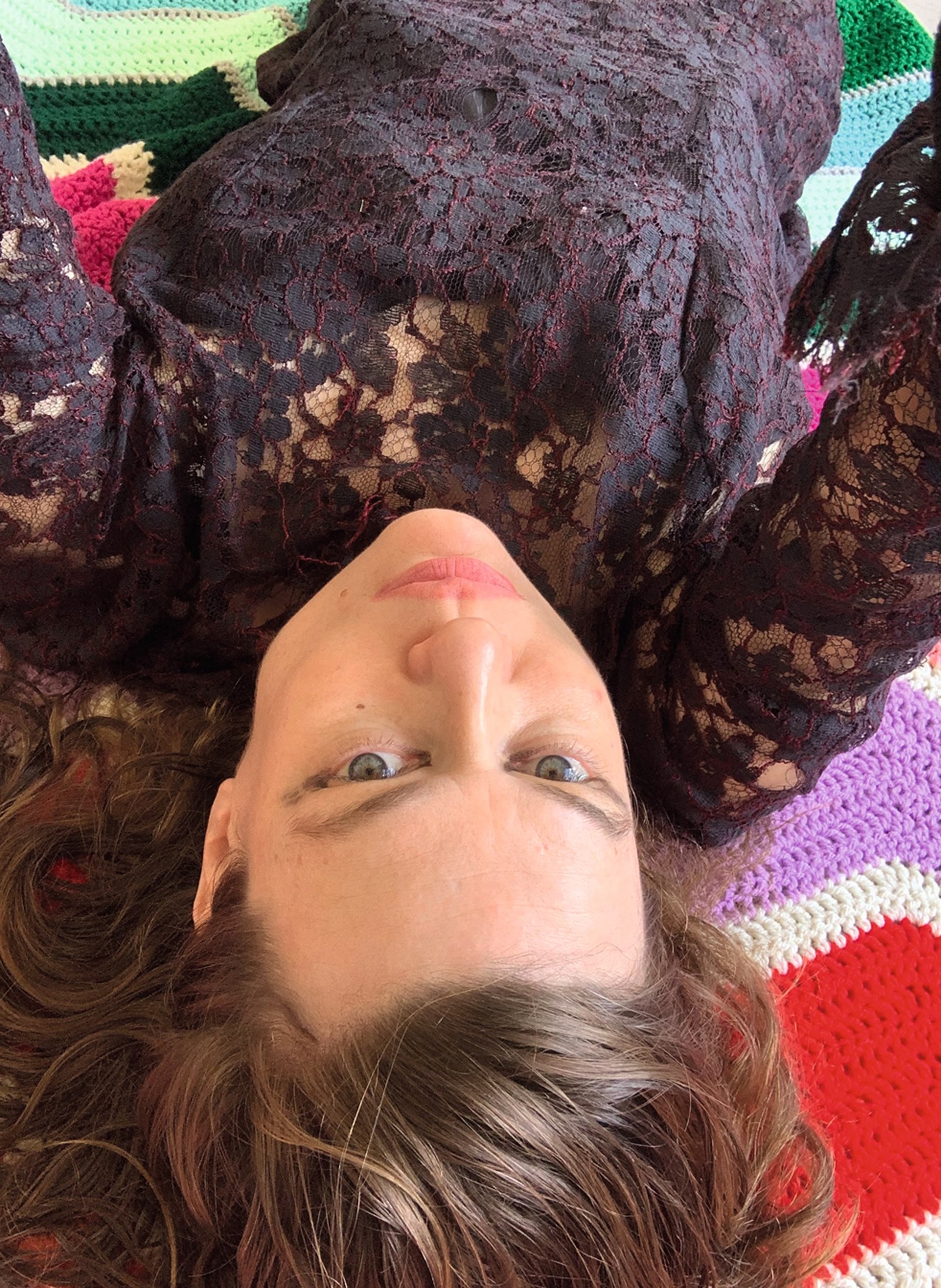
Humanity is the strongest inspiration for me – people. Meeting amazing, inspiring people. A real connection makes me feel free. I don’t research, instead I open my eyes and things touch me. For me it’s very simple, because life is extreme. I can get very emotional if I see something that my kid has done or I see a painting that I really appreciate, or a piece of cinema, or just hearing one song that makes me cry. It’s a combination of emotion and culture, because emotion comes from culture also.
MGC: I completely agree – if you’re open, if you’re empathetic with other people, the inspiration comes from life, from the people you meet.
SE: That’s why this pandemic has opened different channels, or ways of looking at things. It’s almost inspiring – but it has a heavy feeling, too. I’m missing my group of dancers, sad that I cannot work with them. And it’s hard. I feel a bit like an animal in a cage – they cannot do what they love. What’s important for all of us right now is to stay open, to feel free inside your body and your mind, to look for the real pleasure and joy that you can find. And do it from love. Do it from real honesty and love. Because we live here once, so why not enjoy what we do?
MGC: Also because if you are open, anything could happen tomorrow. This year has been so difficult, but it was very helpful to be able to believe in the future. I spent a lot of time reflecting on our lives and the world today, but also on the idea of building something good for the future.
SE: I feel exactly the same. We had so many tours, everything, cancelled. But sometimes, in a crazy, hard moment, you realise it’s the stuff that’s most important that stays. There’s a reduction – maybe less work, maybe fewer people, but there is something about how I feel with my family and with my closest people now that’s so very strong. It’s what you need. Of course, I wish to perform more, to do more and to work hard, but there’s something about it that’s old-fashioned, like this is a new beginning.
MGC: I remember making the show in Puglia so well. It was completely crazy – but also brave – trying to continue working at that time. But every person I called during the crisis and asked, “Can you help me for this project?”, everybody said yes – they were so generous. Nothing was easy. But everyone was so happy to participate, to work together. It was a community of people who wanted to build something together and to give hope for the future. Suddenly it felt possible – rebirth, rebirth, rebirth again ... this new beginning.
Photography by Katerina Jebb. Models: Summer-Moon Pinoteau Jebb, Gersende Galipo and Vittoria di Savoia. Assisted by Jade Ambre and Lucca Lutzky.
This article originally featured in the Spring/Summer 2021 issue of AnOther Magazine, which is on sale now. Get your copy here and sign up for free access to the issue here.
